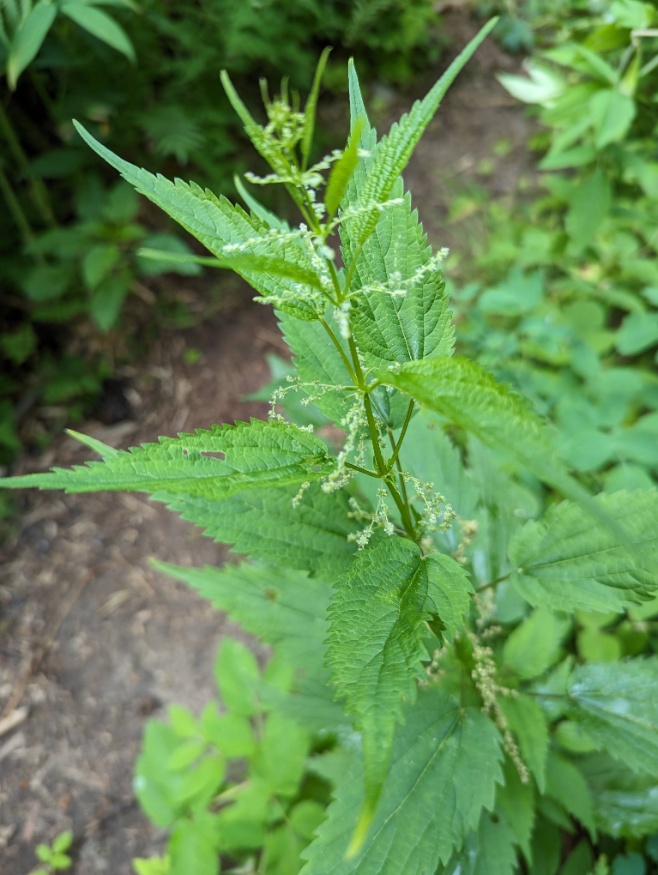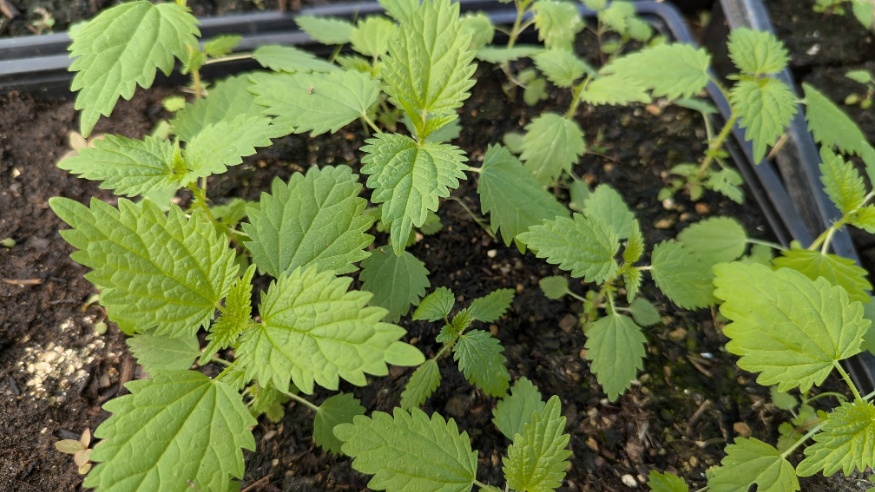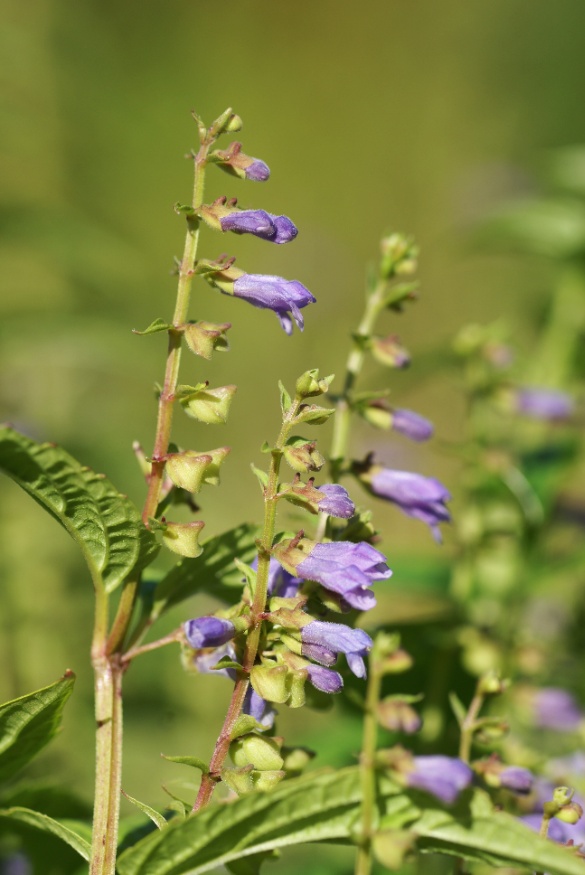Using Cleaver for Food & Medicine
@naturewithus_ Cleaver, to cleanse and detoxify #medicinalplants #coffeealternative #goosegrass ? Irish music Acoustic guitar Instrumental(1101541) - Tetsuya Okuda
Cleaver is a wild plant, found in abundance around the world. Other names for it you may come across are goose grass, bedstraw, sticky willy, and catchweed. You may know it as a floppy plant that acts like velcro as it sticks to clothing and other plants for support and spread its seeds. Because of Cleaver's abundance and distribution, it's thought of as a noxious weed in many areas; but cleaver is actually a highly nutritious and beneficial plant in many ways, and has been widely used in Asia, Europe, and North America for food and medicine for a long time.
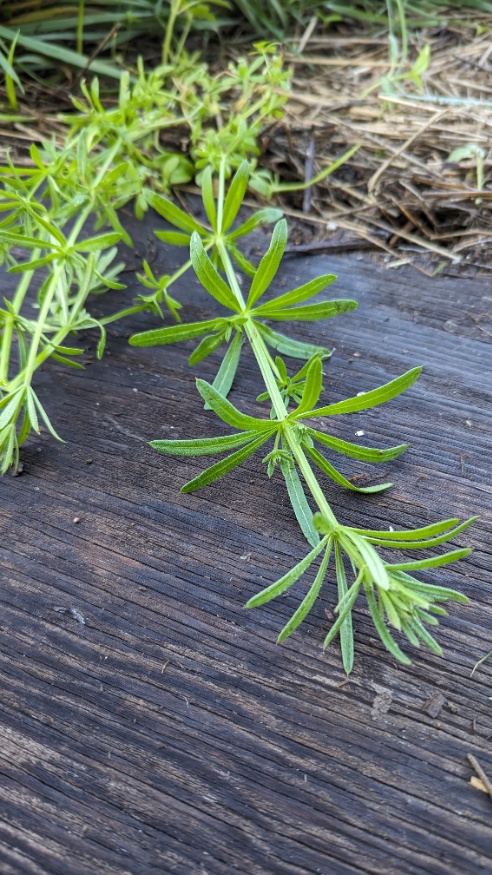
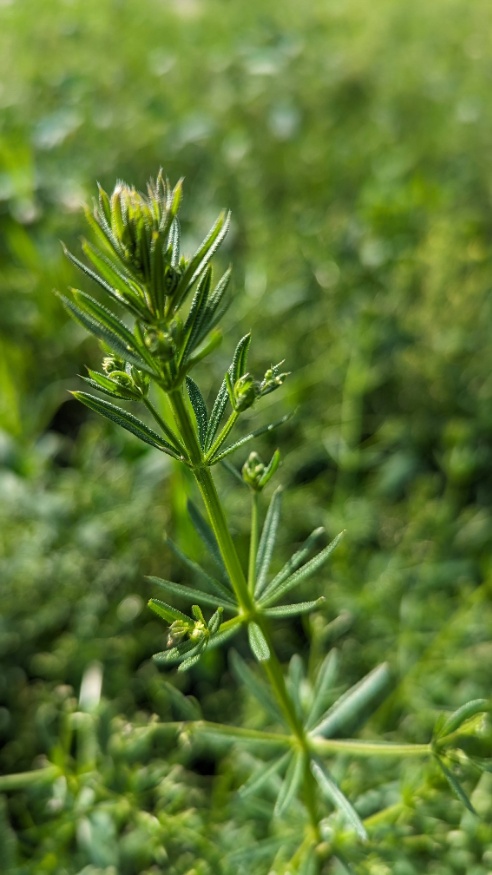
Identification
Clever can be identified by whorls of thin leaves surrounding a square stem. It's usually a small upright plant , but can also grow longer when along the ground or climbing up other plants. Small Hairs on the leaves and stems enable it have this clinging action and velcro was actually invented by studying how these hairs work. Sometimes Small, four petaled flowers appear and are a great additional identifying feature. I should also mention, there's many types of cleavers, some without sticky leaves/stems such as northern bedstraw (Galium boreale), but the above features are good indications if your plant is a clever.
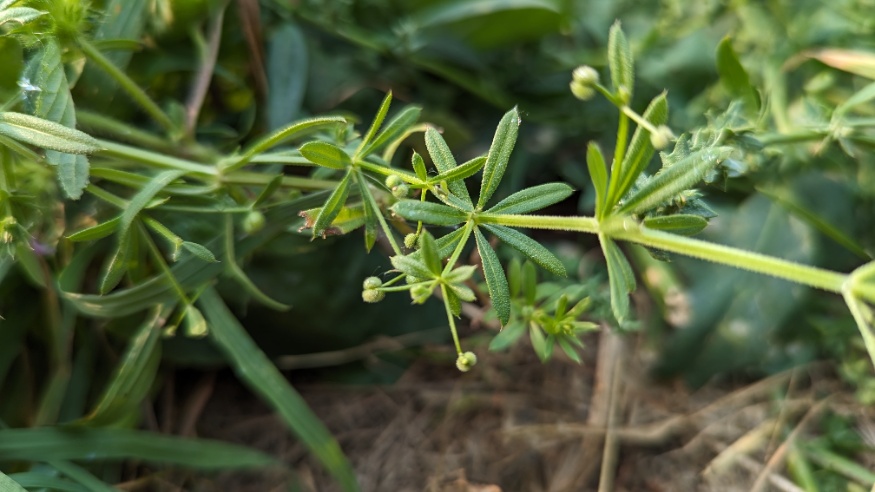
Medicinal Actions
Clever's strength is in its cleansing, detoxifying properties, especially as a cooling herb to take during summer months. It works to purify the blood, lymph nodes, and body from Inflammation and poisons. In this way, it can be used as a tonic for overall health and well-being. You can also use it as a poultice or cream for inflammatory skin conditions like psoriasis, and dandruff issues. Its also been used for:
- fevers
- tonsillitis
- prostate health
- urinary problems
Harvesting
Cleaver can be dried but is best used fresh where possible, to preserve its beneficial nutrients and compounds. Harvesting is best done in early spring or early autumn where leaves and stems (preferably young shoots) Can be gathered using a sharp knife or shears. When harvesting wild food and medicine, it's always good to give thanks in some way, whether it be an offering or prayer.
Preparations
Cleaver can be prepared in many ways. A tea, Infusion, tincture, compress, oil, cream, or hair rinse can be made from the stems and leaves.
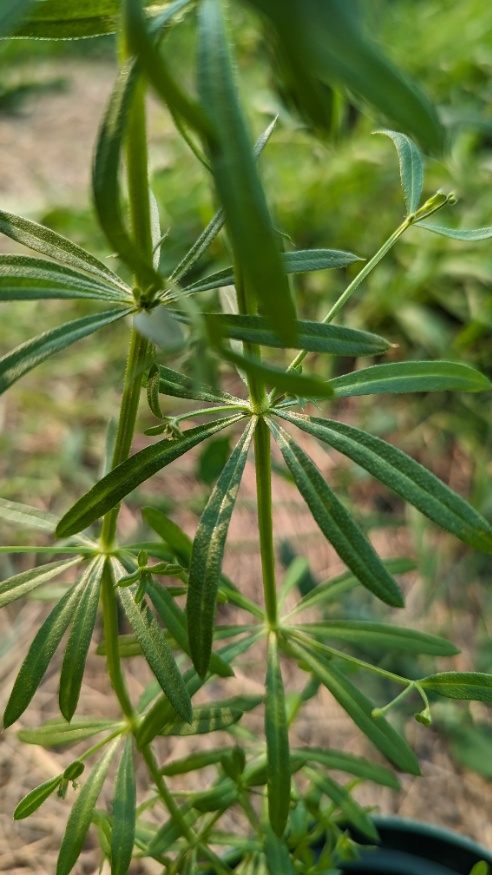
Other Uses
Some eat the young shoots raw, or cook them in soups or stews. The greenery can also be juiced to healthify summer drinks. Since clever is In the coffee family, the small hairy seeds can be toasted and ground to make a coffee alternative. Historically, the dried plant was used to stuff mattresses and pillows, hence the name "bedstraw", infact it is said this was used to make bedding for the newly born baby Jesus Christ.
"Dream pillow vid"Early settlers used clever to filter their cow's milk, using the tangled plants as sieves for impurities, while adding in the plant's nutritional benefits at the same time. Roots were also used to make a red dye.
Precautions
Always do research to properly identify the plant when harvesting (I usually use at least three different sources). When using wild plants as medicine, it's also a good idea to try it in small amounts at first to see how your body reacts. It's best to not overdose in amount or extensive repeated use, but clever is a gentle and generally safe herb to use.
